(NLDO) - The SDSS sky survey has just revealed a beautiful cluster of structures but "potentially causing problems for the model of cosmic evolution".
Analyzing data from the international Sloan Digital Sky Survey (SDSS) project, a team of scientists has discovered a strange cluster of structures they call a string of pearls from the universe: a group of five dancing dwarf galaxies, located 117 million light-years from Earth.

Illustration of how the "pearls" in the mysterious cosmic pearl necklace are interacting with each other - Graphics: vRobert Lea
Held together by gravity, the dwarf galaxies – numbered D1 to D5 – are in a strange tug-of-war, seemingly dancing but actually pulling gas and stars apart.
It's an arrangement that's both beautiful and challenging, and "potentially problematic for our most advanced model of cosmic evolution," according to scientists.
Dwarf galaxies tend to be quite solitary, with less than 5% having companions. The chance of finding five dwarf galaxies grouped together like this one is less than 0.004%.
"This unusual arrangement raises the question: Is it just a coincidence, or does it imply a deeper connection regarding their formation and evolution?" - Dr. Cristiano G. Sabiu from Seoul National University (South Korea), head of the research team, asked.

Images of galaxies, which are quite dark and faint because they are too far from us and have low brightness - Photo: SDSS
Dwarf galaxies are low mass galaxies with modest stellar populations and are quite faint in brightness.
The combined mass of these five dwarf galaxies is about 60.2 billion times that of the Sun. Meanwhile, the Milky Way galaxy alone has a mass 1.5 trillion times that of the Sun.
The most massive dwarf galaxy in this cosmic pearl chain is D2, while the smallest is D4.
Three of these dwarf galaxies (D1, D2 and D5) have the same rotation direction, adding to the uniqueness of the mysterious string of pearls, which is thought to provide valuable clues about their common origin or the role of the environment that shaped their motion.
Two dwarf galaxies in the cluster are actively interacting in a "tug of war" contest, causing material from the galaxies to be stretched into a tail of gas and stars.
"Such interactions often trigger bursts of star formation and can dramatically change the shape of the galaxy over time," Dr. Sabiu told Space.com.
The discovery of these dwarf galaxies challenges our best theory of cosmic evolution, known as the "standard model of cosmology," the Lambda Cold Dark Matter (LCDM) model.
The LCDM hardly allows small groups of galaxies to exist and be arranged in such a seamless structure in an isolated environment.
Scientists are still doing further research in hopes of explaining what created this structure, as well as looking for similar examples.
The study was recently published in the scientific journal Astrophysical Journal Letters.
Source: https://nld.com.vn/chuoi-ngoc-vu-tru-cuc-hiem-lo-dien-thach-thuc-khoa-hoc-196250105093817877.htm


![[Photo] Hue: Inside the kitchen that donates thousands of meals a day to people in flooded areas](https://vphoto.vietnam.vn/thumb/1200x675/vietnam/resource/IMAGE/2025/10/29/1761738508516_bepcomhue-jpg.webp)



![[Photo] Prime Minister Pham Minh Chinh chaired a meeting to evaluate the operation of the two-level local government model.](https://vphoto.vietnam.vn/thumb/1200x675/vietnam/resource/IMAGE/2025/10/29/1761751710674_dsc-7999-jpg.webp)
![[Photo] Human love in the flood in Hue](https://vphoto.vietnam.vn/thumb/1200x675/vietnam/resource/IMAGE/2025/10/29/1761740905727_4125427122470875256-2-jpg.webp)
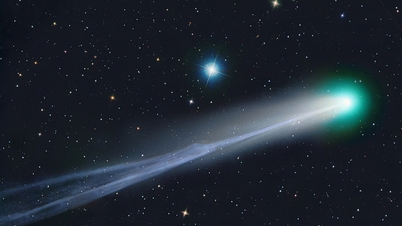



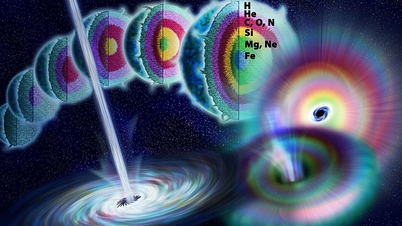
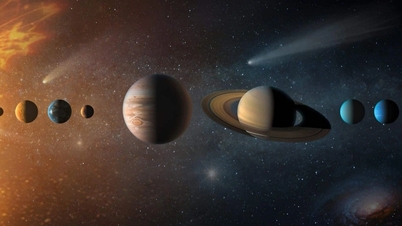
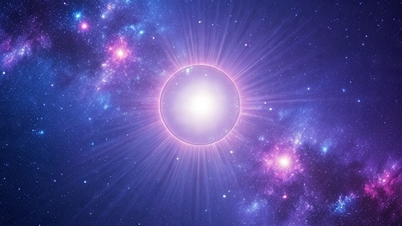







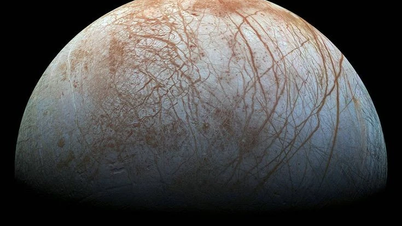























































![[Live] Concert Ha Long 2025: "Heritage Spirit - Brightening the Future"](https://vphoto.vietnam.vn/thumb/402x226/vietnam/resource/IMAGE/2025/10/29/1761743605124_g-anh-sang-am-thanh-hoanh-trang-cua-chuong-trinh-mang-den-trai-nghiem-dang-nho-cho-du-khach-22450328-17617424836781829598445-93-0-733-1024-crop-1761742492749383512980.jpeg)


























Comment (0)